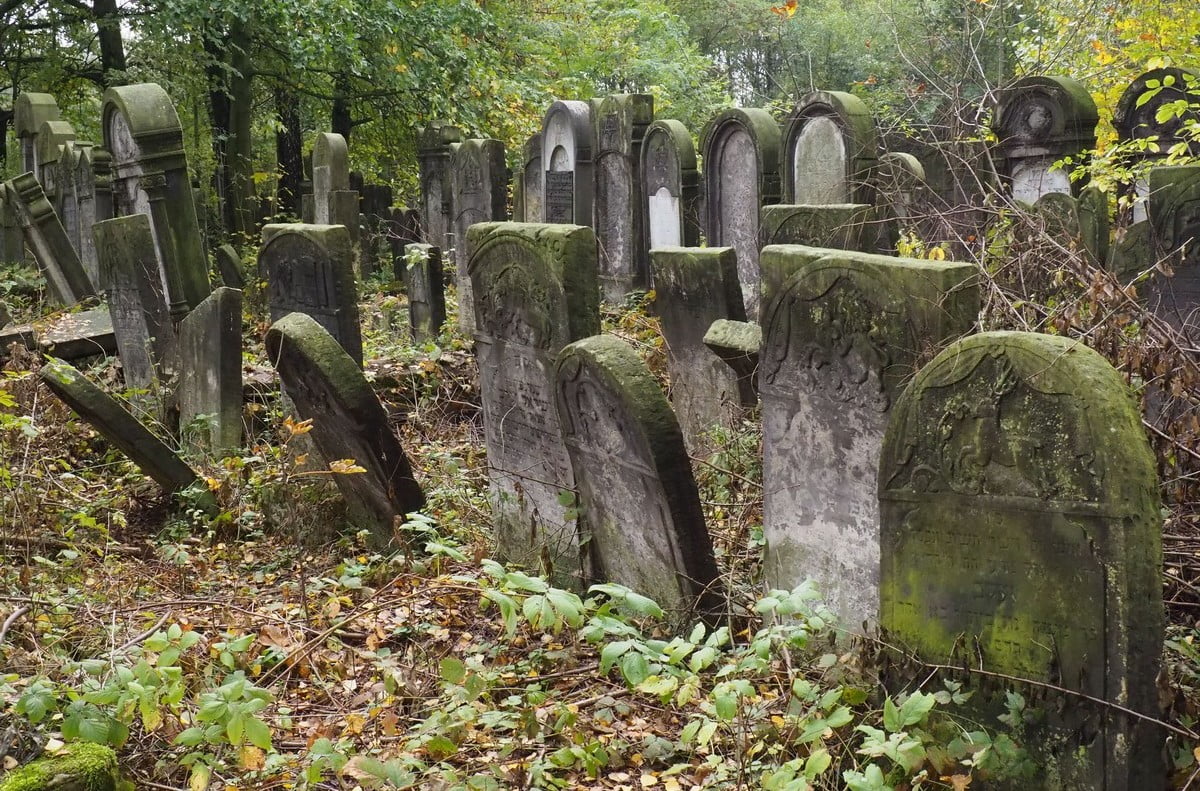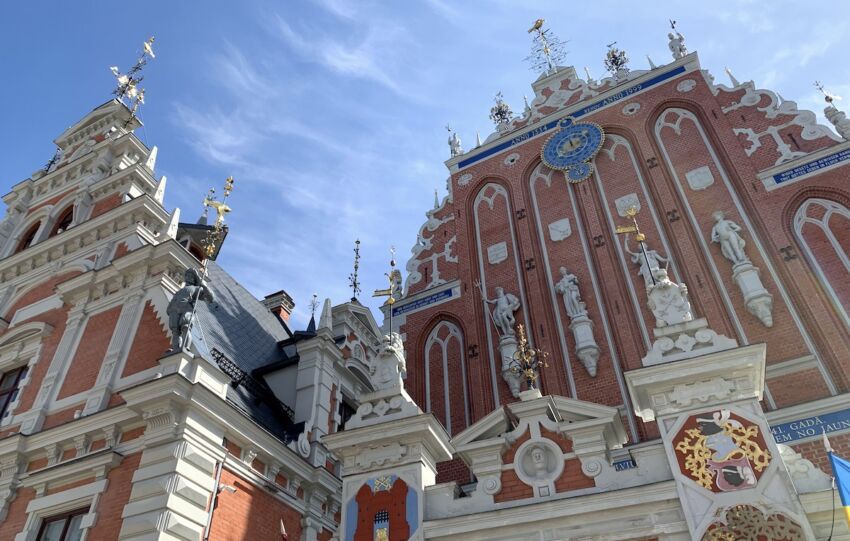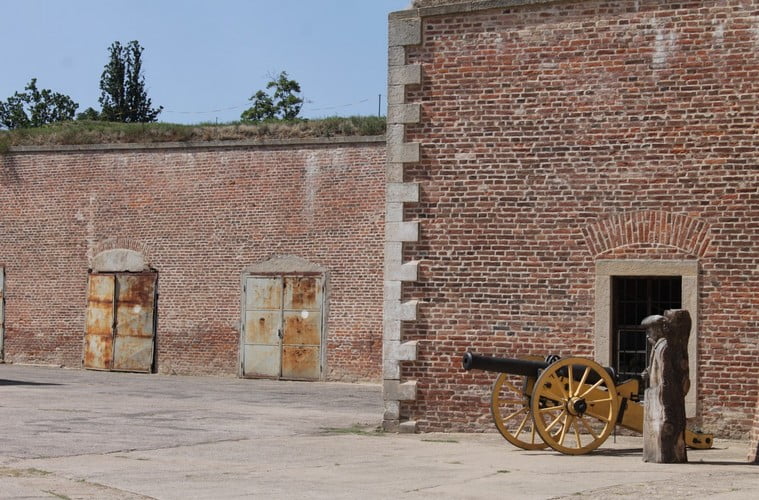Share This Article
Via Dolorosa means “Way of Suffering” in Latin and it is the route that Jesus took on his way to Golgotha. It is not a perfect representation of that route, because the city has changed significantly over the course of two thousand years. However, it is a very important symbol for many Christians who visit this place!
Location and availability
Via Dolorosa is located inside Jerusalem’s city walls. It starts where the Madrasah of Omar is today and ends at the Church of the Holy Sepulchre (last five stations). Over the centuries, the appearance of the city changed significantly. Today’s route is symbolic and serves mainly prayer. Throughout the Old Town you will find signposts directing you to “Via Dolorosa”. It runs from east to west.
Via Dolorosa is not one street, but a route that is supposed to be a symbol of Jesus’ way. On the route you will find many interesting objects and Stations of the Cross. It is estimated that originally this route was about 500-700 meters long. The next stations are marked with metal round elements with numbers, but they are not always easy to find.
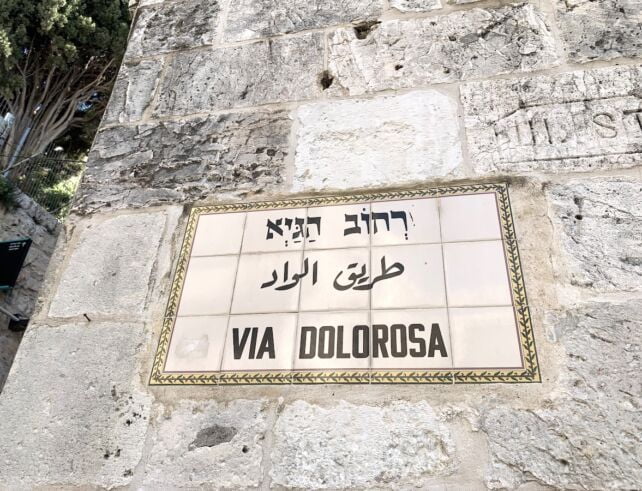
How is it today?
Over the years, Jerusalem has changed significantly, nearly 2,000 years have passed since the events that took place with Jesus. Many buildings ceased to exist, and a large part of the streets changed their layout. Via Dolorosa runs initially through the Muslim Quarter and ends in the Christian Quarter. The Via Dolorosa has had its present shape since the 18th century, but the first mentions of pilgrims following the route of the Passion of Jesus come from early Byzantine times.
Every Friday, the Way of the Cross is celebrated here by the Franciscans. It is interesting that when giving the Stations of the Cross (e.g. “Jesus falls under the cross for the third time” or “Jesus meets his Mother”), the word “here” is added before the sentences, as a sign that these events took place in Jerusalem.
Archaeological research is constantly discovering new facts about this road and shifting its probable course, but as I have already mentioned, today’s Via Dolorosa is more of a symbol that attracts pilgrims from all over the world. Depending on the season and time of day when you go to contemplate the suffering of Jesus, you may end up differently. Remember that this is a street of the bustling Old Town, where normal life, trade and tourism take place.
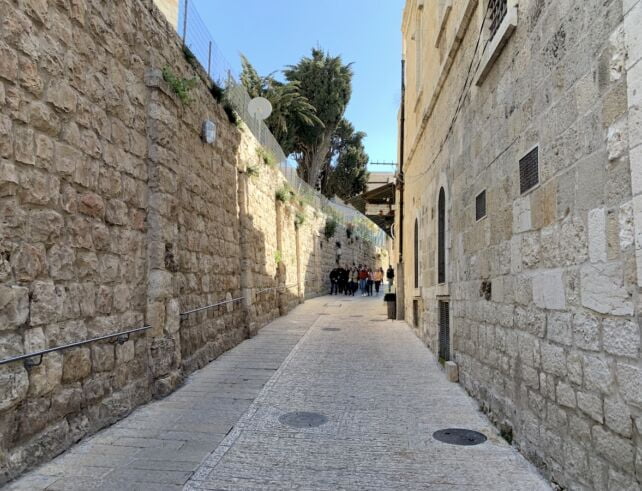
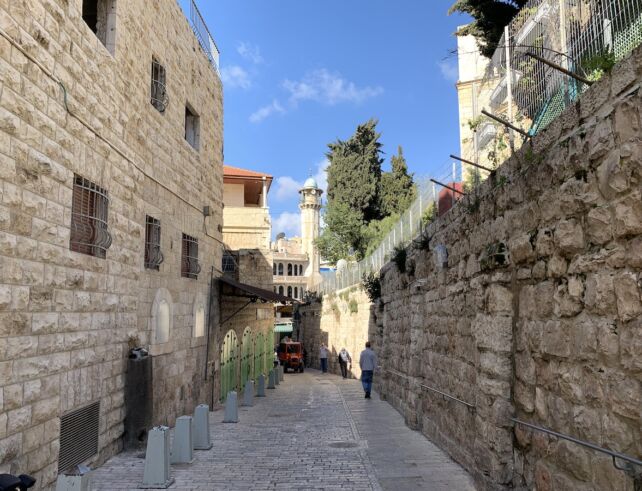
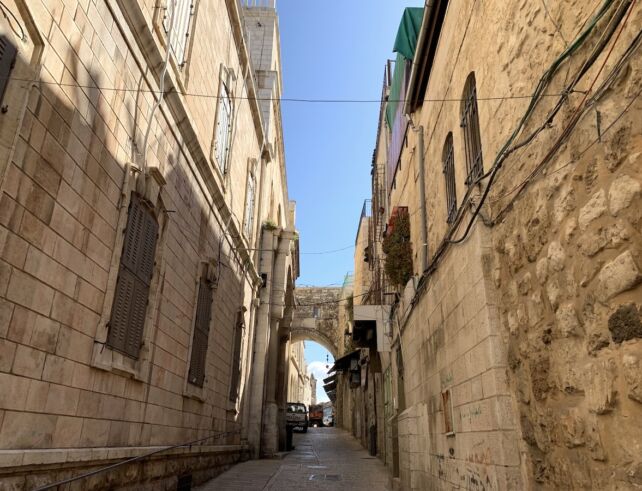
What will we see along the way?
The Way of the Cross, which many of you know from churches in Poland, refers to the Via Dolorosa. On the trail you will find fourteen stations that commemorate the passion of Jesus. Some of the locations are described in detail in the Bible, and some are based on tradition. The stations are located:
- Station I – Umariya school courtyard
- Station II – outer wall of the Church of the Scourging
- Station III – a broken column at the entrance to the Tyropoeon Valley
- Station IV – the gate to the courtyard of the Armenian Church of Our Lady of Sorrows
- Station V – the opposite slope of the Tyropoeon Valley
- Station VI – a fragment of a column in the wall of the house of St. Veronica
- Station VII – the gate of the Judgment
- Station VIII – a stone embedded in the wall of the Orthodox monastery of St. Charalampius
- Station IX – a column embedded in the wall of the Patriarchate of the Coptic Orthodox Church
- Station X – Church of the Holy Sepulchre – Golgotha
- Station XI – Church of the Holy Sepulchre – Chapel of the Nail to the Cross
- Station XII – Church of the Holy Sepulchre – Chapel of the Crucifixion
- Station XIII – Church of the Holy Sepulchre – altar of Our Lady of Sorrows
- Station XIV – Church of the Holy Sepulchre – Holy Sepulchre
Jerusalem is full of interesting places, and the Old City surprises at every turn. The first station of today’s Way of the Cross is inside the city walls. However, the story begins much earlier, because at the time of Jesus’ arrest in the Garden of Gatsemane (Mount of Olives). Right next to the Lion Gate, which we enter the city from this direction, there is a fountain that deserves attention. Apparently, it stands on the site of the former house where Mary was born.
The last Stations of the Cross are located in the Church of the Holy Sepulchre. You will get to this place without any problems, but you have to be patient, because it is a very frequented place.
Via Dolorosa – is it worth seeing?
As you wander the streets of Jerusalem’s Old City, there’s a big chance you wouldn’t notice that you’re walking the Via Dolorosa route. In the case of this trail, it’s not about being visually pretty, because the streets of the Old Town are generally charming. It’s about spiritual experiences. I think that both strongly believers and those slightly less faithful, following the route of the Way of the Cross of Jesus, will reflect and have deep thoughts.
Walking Jesus’ “Road of Suffering” is an interesting and profound experience, and despite the fact that this path has changed over the years and its meaning is partly symbolic, it made an impression on me!
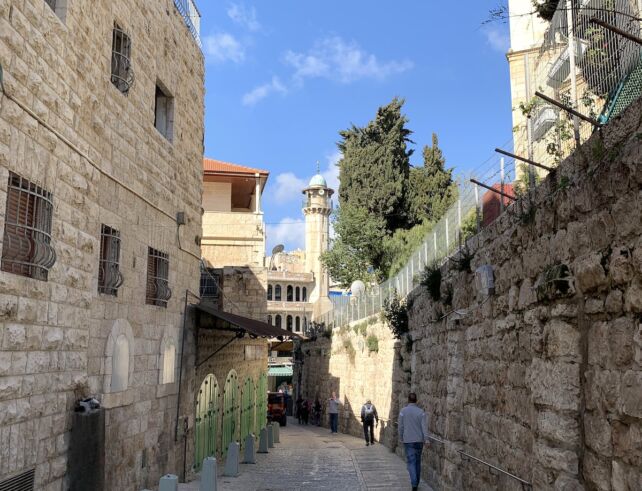
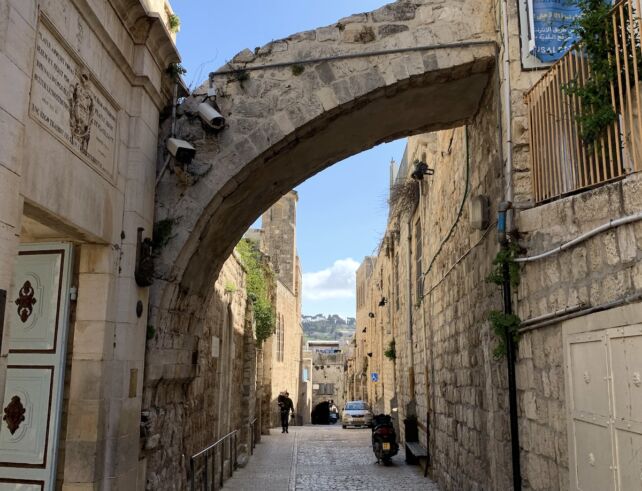

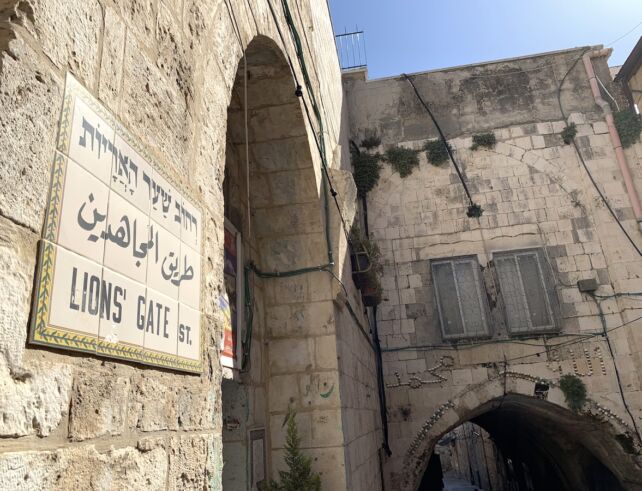
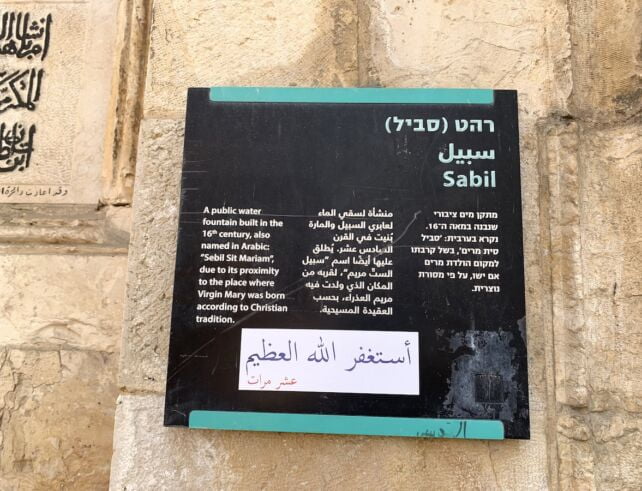
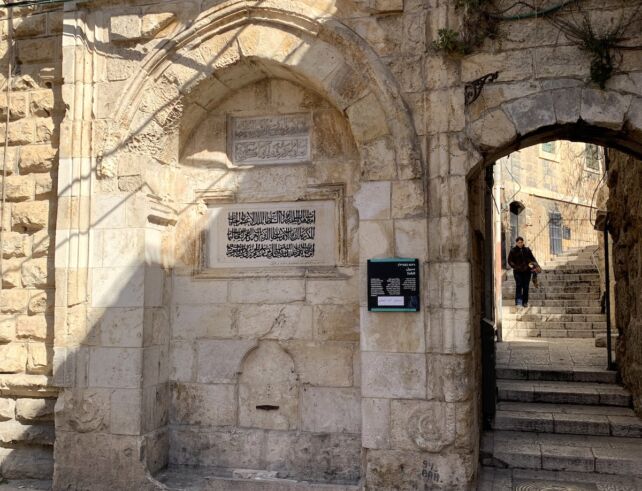
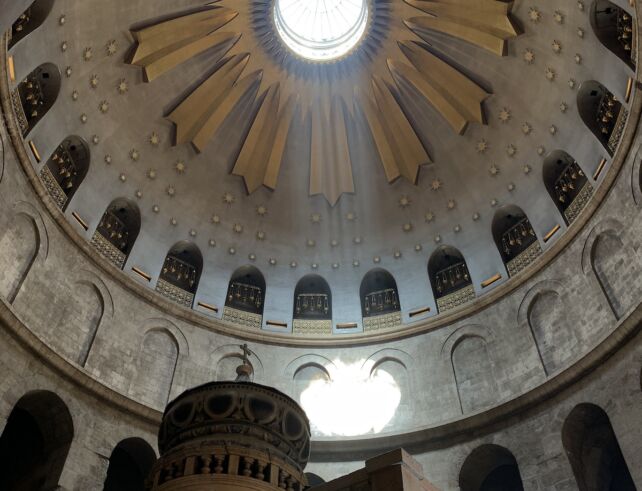
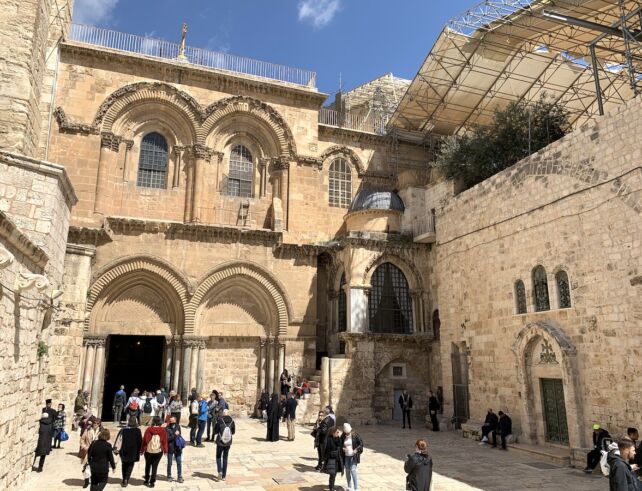
Jerusalem
While in Jerusalem and wandering the Via Dolorosa, remember that the city has a huge number of interesting places to visit. The Old Town itself, which is a symbol and one of the most important places for many religions, is at least half a day of sightseeing, and if you want to do it very carefully, in my opinion, you will spend two days there.
Outside the city walls, I recommend visiting the Israel Museum – an extraordinary institution with a huge number of exhibitions from different areas. It is also worth visiting Yad Vashem, where information about the Holocaust around the world is researched and made available to visitors. It is also there that trees planted by people awarded the title of “Righteous Among the Nations” grow.



